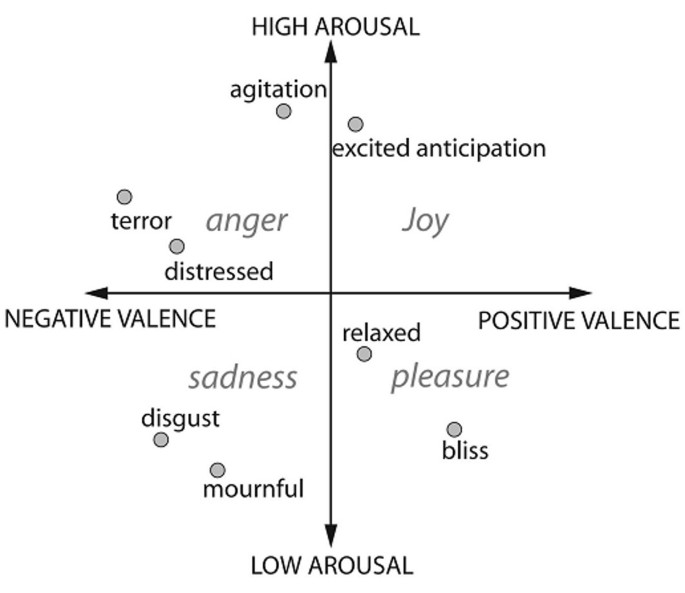My five-month-old son calmly smiles after he finishes drinking his milk. He expects me to kiss him, so I do. It’s a reward that I habitually insert daily.
It worked, I thought, continuing with a smile.
But my eyes instantly teared up. I’d miss this moment when he grows up.
Ah, here we go again.
My mind has a way of turning joyful events into something else. Usually to something scary, like the thought of death. It happens rather quickly, and sometimes it generates more negative emotions like sadness.
I’m annoyed at myself.
I wipe my tears away and try to focus on his giggles.
I try to remind myself that all emotions are temporary. Elizabeth Gilbert, a book author I love, said that all emotions have functions. To feel no emotions is to be depressed.
Most depressed people want to get out of their depression, but to do that, they need to allow themselves to feel negative emotions.
Emotions like fear, shame and guilt.
Then rage and lust.
Then pride and ego.
She talked about the courage necessary to admit that we are powerless in feeling these emotions.
For a long time, I saw linkages between these feelings, like how anger gets triggered by fear or how sadness tends to just hang around with the sense of powerlessness. However, I was unable to put them together until I saw a lecture by Emmy van Deurzen.
She talked about something she called the emotional compass:

At the bottom, there is depression, which is a low-energy state. At the top, we see a high-energy state like happiness. If we want to move towards the high energy emotions, we can move clockwise, through shame, guilt or envy. Or we can move anti-clockwise, through misery, fear and anger.
The thing is, though, all these emotional labels are only human constructs. They are real, but they are only as real as money. Not as atoms in the universe. In that it’s real because all of us believe it’s real. Emotions are beneficial for conversing with others, as they hold similar meanings and are helpful to explain any context.
Lisa Feldman Barrett, in her wonderful book How Emotions are Made by Barrett, explained that scientists have not found any physiological state in our bodies that correspond to these emotions.
Some people fight when they get angry. Some freeze.
This doesn’t stop us from categorising and labeling these states based on commonly reported emotions though. Based on statistics, neuroscientists have been able to create a simpler two-dimensional diagram:

Most people report slightly different emotions, but they found that emotions can be grouped based on similar physiological states along two major scales. One scale is of valence, i.e. positive (pleasant feelings) or negative (unpleasant). Another scale is the arousal scale.
The scientists also do not find any order in what emotions appear before or after. They differ tremendously between cultures.
Then it hits me. My tears reflect just how aroused I am. I can’t precisely differentiate whether it’s tears of joy or tears of pain but they probably are pointing to the same physiological state in my body.
But one observation is obvious. The tears are telling me I’m doing something that matters deeply.
Yes, spending time with my son makes me feel alive. It’s a validation that I’m doing the right thing.